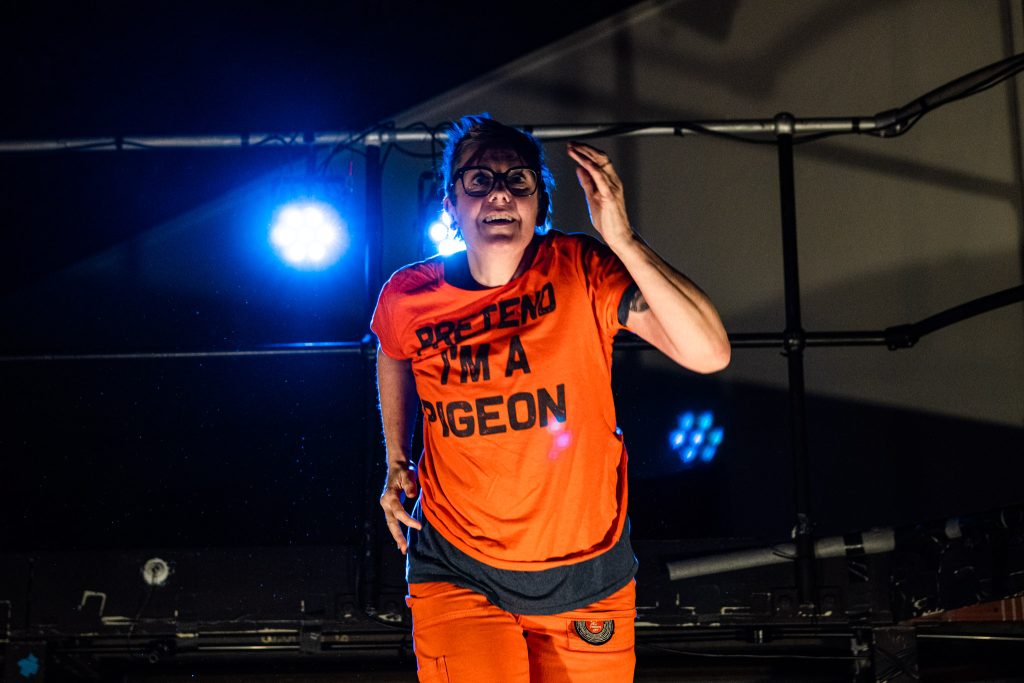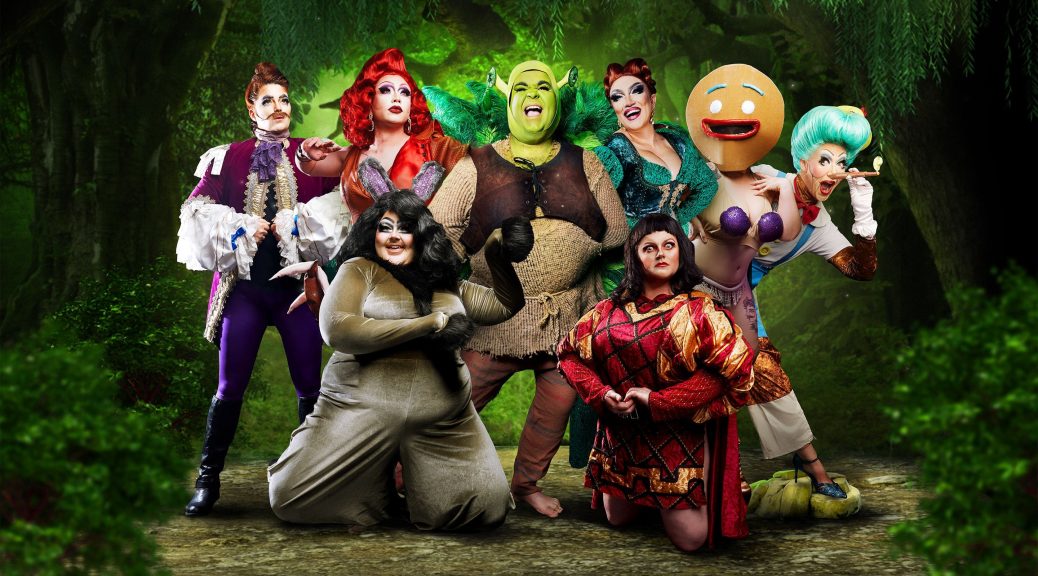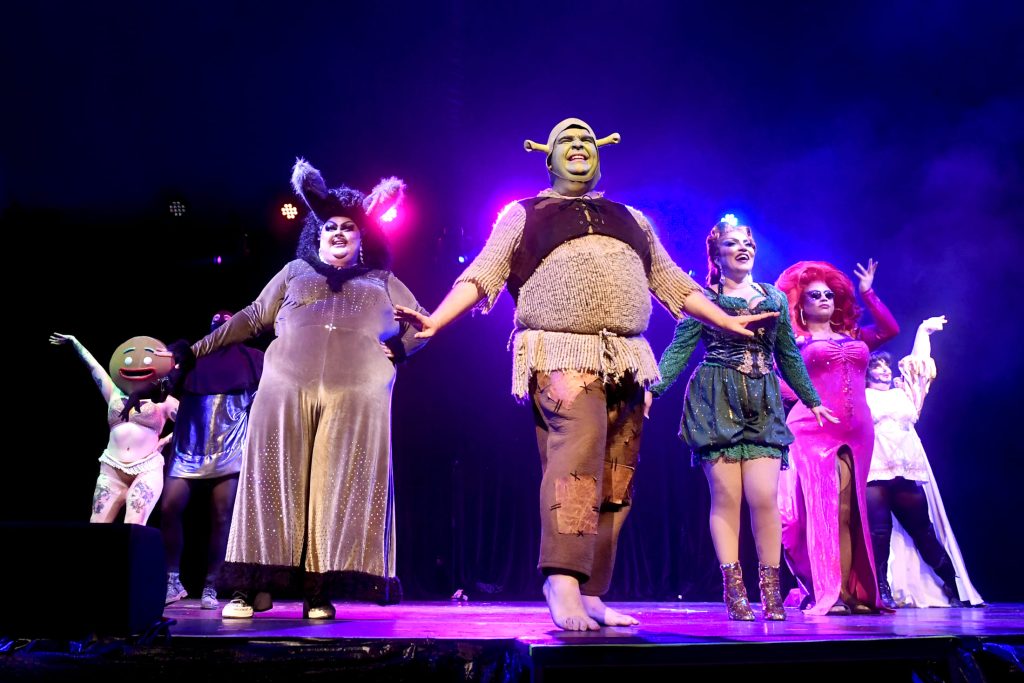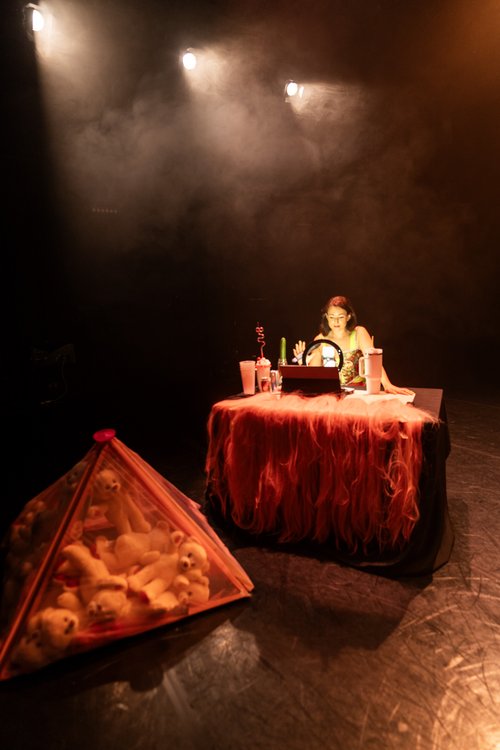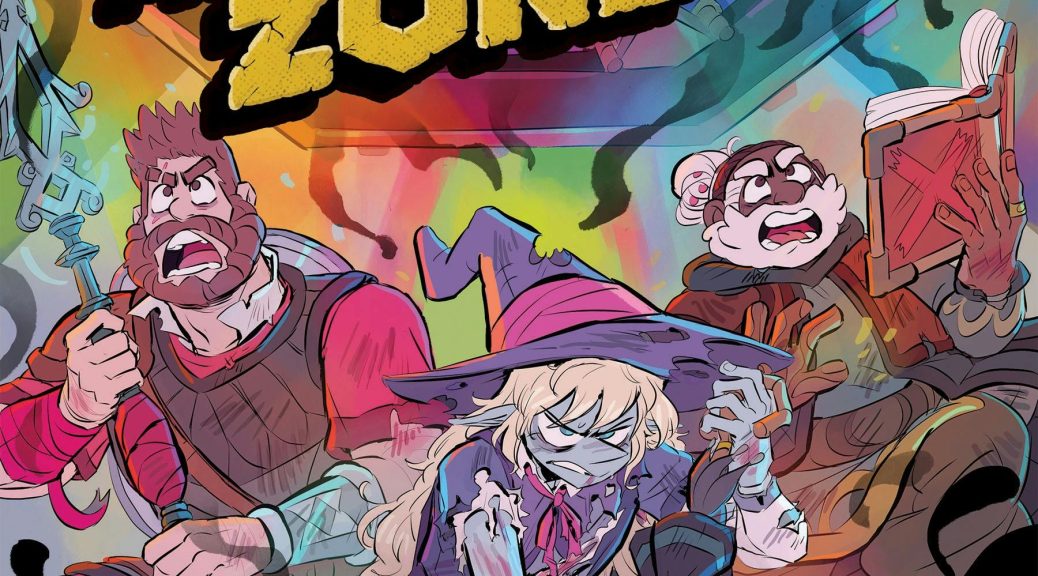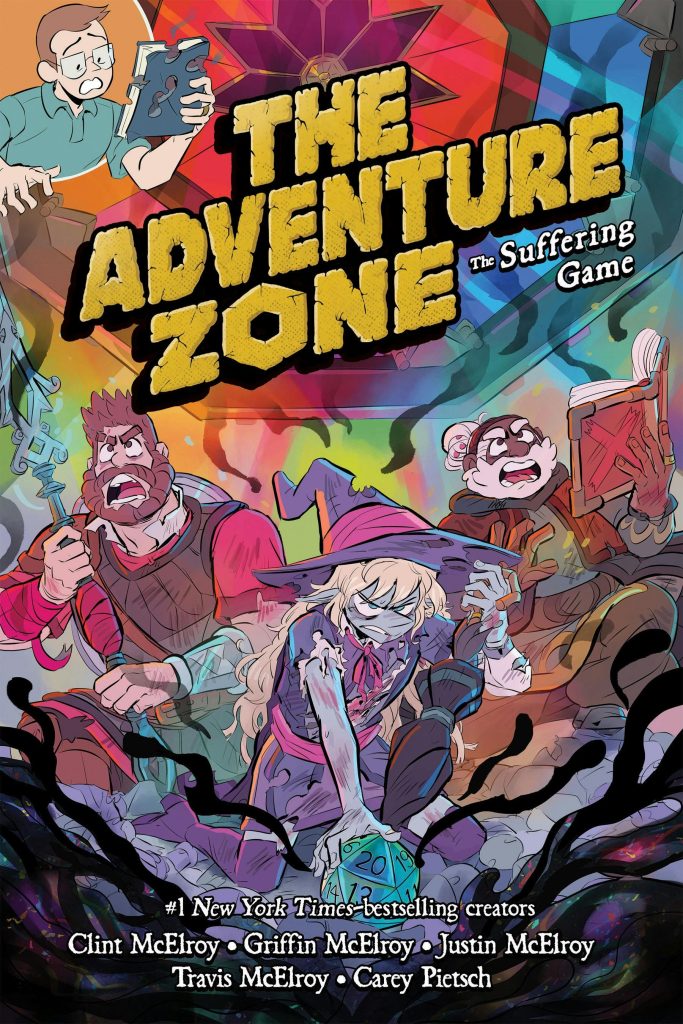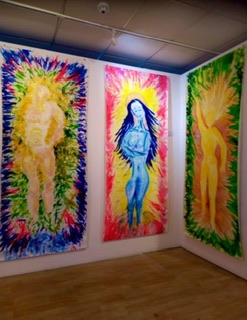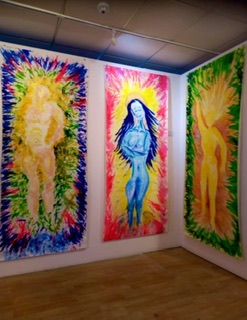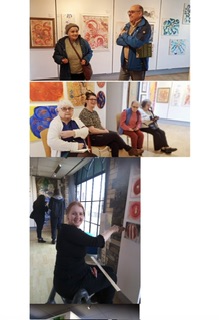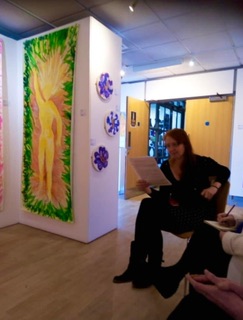The Winners of the Get the Chance, Cultural Impact Awards 2025, supported by Tempo Time Credits, Ffilm Cymru Wales and Porters Cardiff, were announced on Sat 22 March at Porters Cardiff.
Congratulation to all of all of the those Long/Short Listed and the winners. Thanks to all of the members of the public that took time to nominate, it was great to see a range of cultural activity that reaches a broad range of the public and its positive impact on their quality of life.
Thanks to our panel for volunteering their time to support this inaugural Awards event.
Rachel Gegeshidze, Chief Executive, Tempo Time Credits said of the event.
“What an inspiring and emotional evening at the Get the Chance inaugural Cultural Impact Awards this evening at Porters Cardiff. Get The Chance is a remarkable social enterprise based in South Wales, dedicated to creating opportunities for a diverse range of individuals to engage with and respond to sport, arts, culture, and live events. This evening, I had the honour of presenting the Cultural Champion Award, and it was truly inspiring to hear about the incredible initiatives taking place across Wales that engage people in culture, arts, and heritage. The stories shared, reflect the passionate commitment of individuals and organisations working tirelessly to make a difference in their communities. Now more than ever we need to work in partnership to connect communities and celebrate diversity and inclusivity. In the words of one of tonight’s winners “If you can’t see it, you can’t be it!” Guy O’Donnell your commitment and passion for engagement is truly incredible and your work changes communities and lives!”
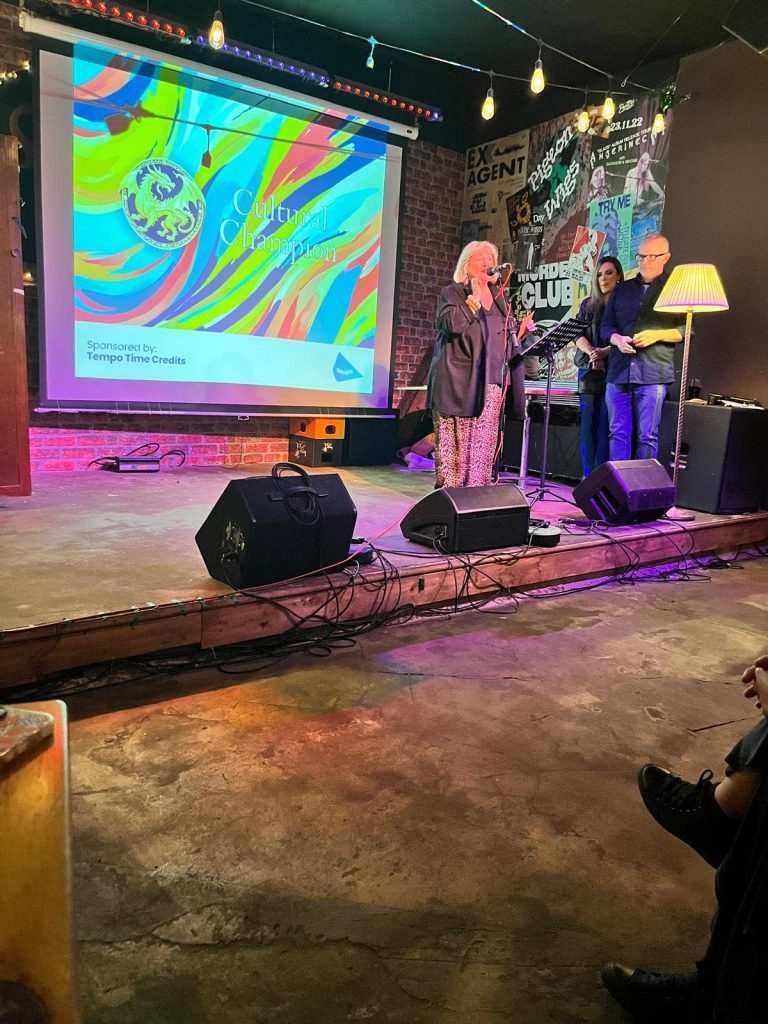
Category
Public Event
(Sponsored by Tanio)
Grav – 10 year celebration/ Owen Thomas and Gareth John Bale
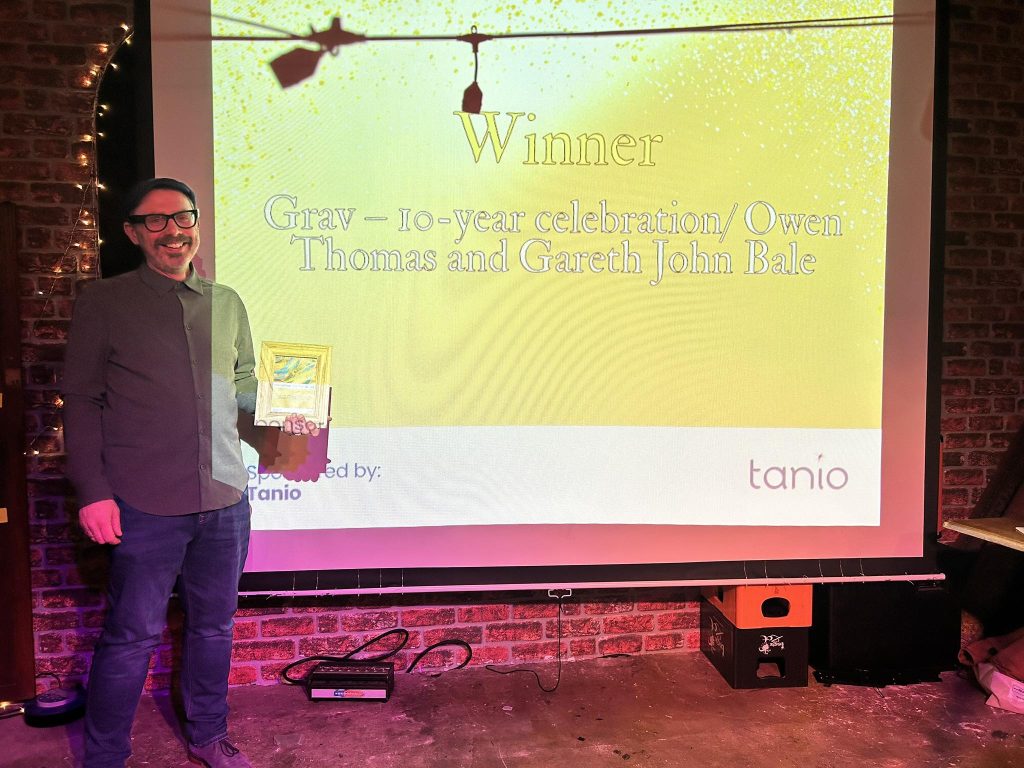
“Very proud to accept this award from the brilliant Get the Chance on behalf of everyone at the Torch Theatre
Special thanks to Peter Doran Gareth Bale Chelsey Gillard, Guy O’Donnell. Huge love to Grav and his family x”
Creative of the Year
(Sponsored by Porters Cardiff)
Geinor Styles, Theatr na nÓg
Community and Education Project
(Sponsored by The Red Shoes Poster Archive)
Mess Up The Mess Theatre Company with a focus on the regular Youth Theatre and their projects
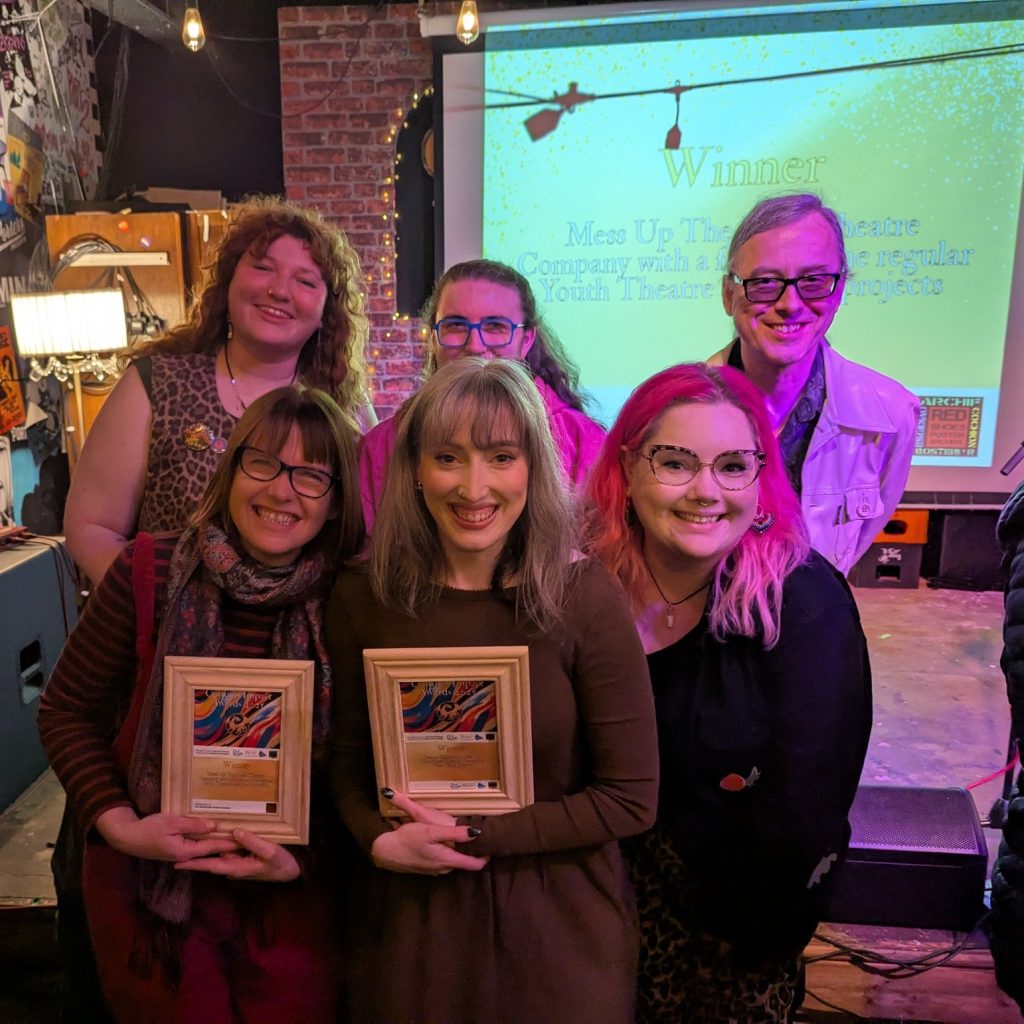
“What a fantastic evening we had on Saturday at the inaugural Cultural Impact Awards led by Get the Chance
Overjoyed and honoured to have won 2 awards! Community and Education Project of the Year Award for our Youth Theatre and Facilitator of The Year Award for Joanne Shackley recognising her enormous contribution to Mess Up The Mess.
Thank you to all those involved in our work artists, staff, young people, families, funders and volunteers. It is a big team effort!
Thank you to Get the Chance for giving us this platform it is so needed right now. Porter’s Cardiff
Huge congratulations to all the other nominees and winners you are doing life changing work!
Queertawe Taking Flight Theatre Company UCAN Productions Peoplespeakup Theatr na nÓg Theatrau Sir Gar Owen Thomas”
Facilitator of the Year
Joanne Shackley, Mess Up The Mess Theatre Company, The Yfory Project
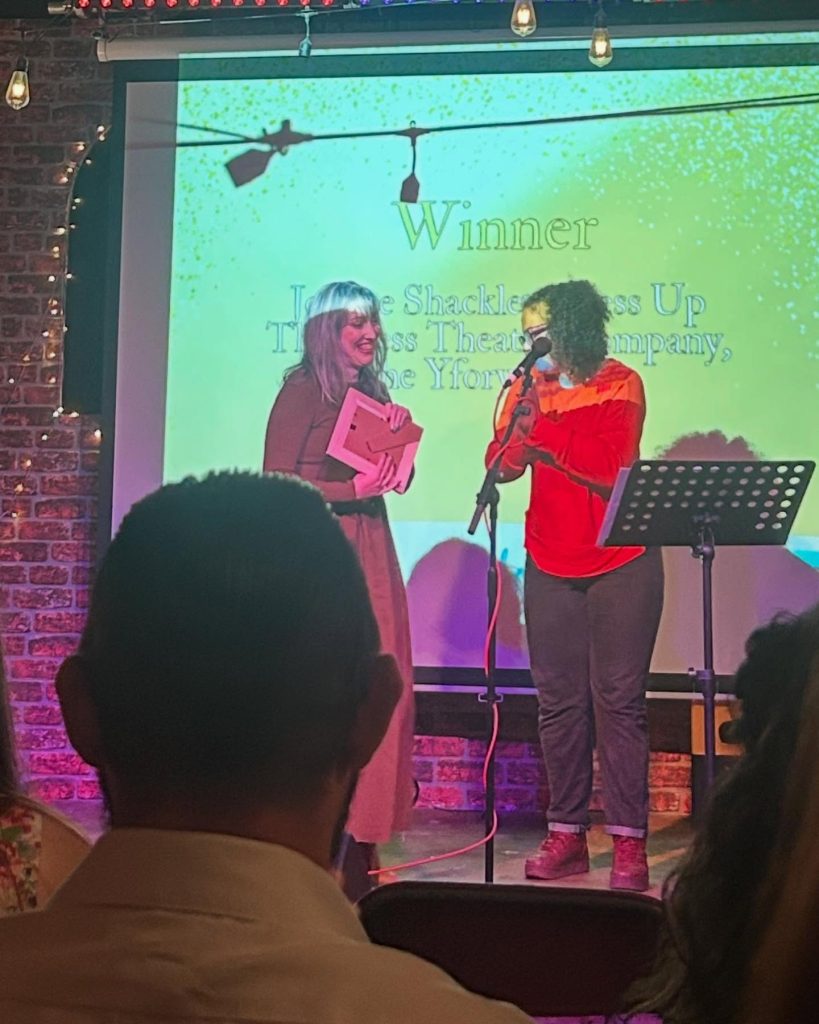
“Well that was a wonderful surprise. I was awarded the facilitator of the year in the @getthechance1 Cultural Impact Awards.
When I first started my career just leaving Uni and didn’t have a clue what a facilitator was and that I could even make it a career in it. Now accepting an award as facilitator of the year is mind blowing.
A massive thank you to @messupthemess for making me the person and creative I am today. Giving me amazing opportunities to grow and develop. I was so lucky to make a difference to young people’s lives creatively. I am so proud to have been part of Mess Up The Mess and taught me so many amazing values. I am excited to keep supporting such an important company.
A thank you to @getthechance1 for helping the creative community celebrate and highlight the amazing work in Wales. The Arts truly makes a difference!”
Culture and Health
(Sponsored by Christine O’Donnell)
People Speak Up, Creative Home Delivery Service

“Wow wow – we won!!!! Fe wnaethom ennill!!!!
Diolch i’n tîm, artistiaid llawrydd, cyfranogwyr a phartneriaid
Da iawn i bawb a enwebwyd. Cymaint o weithgareddau pwysig yn digwydd trwy Gymru.
DIOLCH i Get The Chance, Guy O’Donnell a Tempo Time Credits am noson i ddathlu’r celfyddydau.
Well done to our team, freelancers, participants and partners
Well done to everyone who was nominated. So much important activity taking place across Wales.
DIOLCH thank you to Get The Chance and Tempo Time credits for an evening of celebrating the arts.”
Cultural Champion
(Sponsored by Tempo Time Credits)
Sara Sirati, Ardour Academy
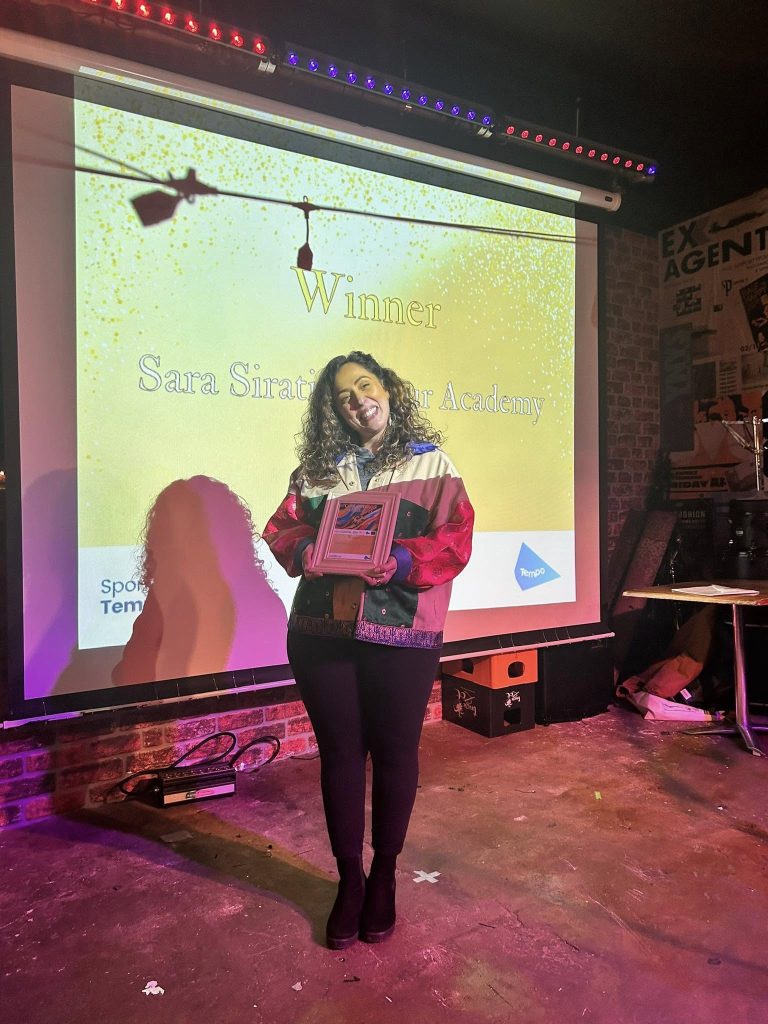
Commitment to Arts, Heritage & Culture
(Sponsored by Awen Cultural Trust)
Samea Ahmed, Mount Stuart Primary School
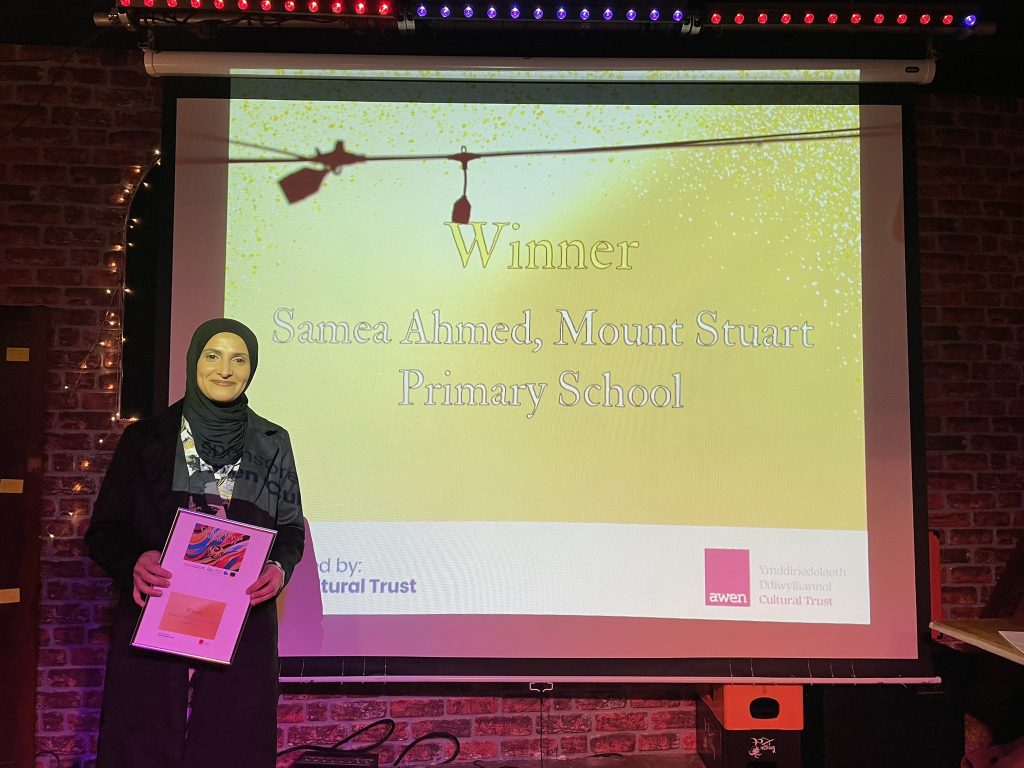
“So proud of our amazing teacher Samea Ahmed who won the ‘Commitment to Arts, Heritage & Culture Award’ at tonight’s inaugural ‘Cultural Impact Awards 2025’”
Mrs Shubnam Aziz, Senior Leader at Mount Stuart Primary School
Disabled Creativity
Alex Rees and Jane Latham, UCAN Productions
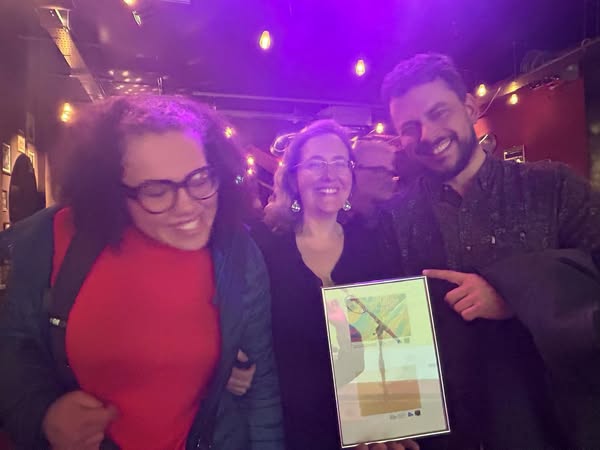
“UCAN is delighted to win the FIRST EVER Get the Chance Cultural Impact ‘Disabled Creativity’ award! Congratulations to Alex, Gwennan and Flo for their fantastic Arts Award project.
Mae UCAN yn falch iawn ein bod wedi ennill gwobr ‘Creadigrwydd Anabl’ yng Ngwobrau Effaith Ddiwylliannol Get the Chance CYNTAF ERIOED! Llongyfarchiadau i Alex, Gwennan a Flo am eu prosiect Arts Awards gwych.”
Lifetime Impact Award
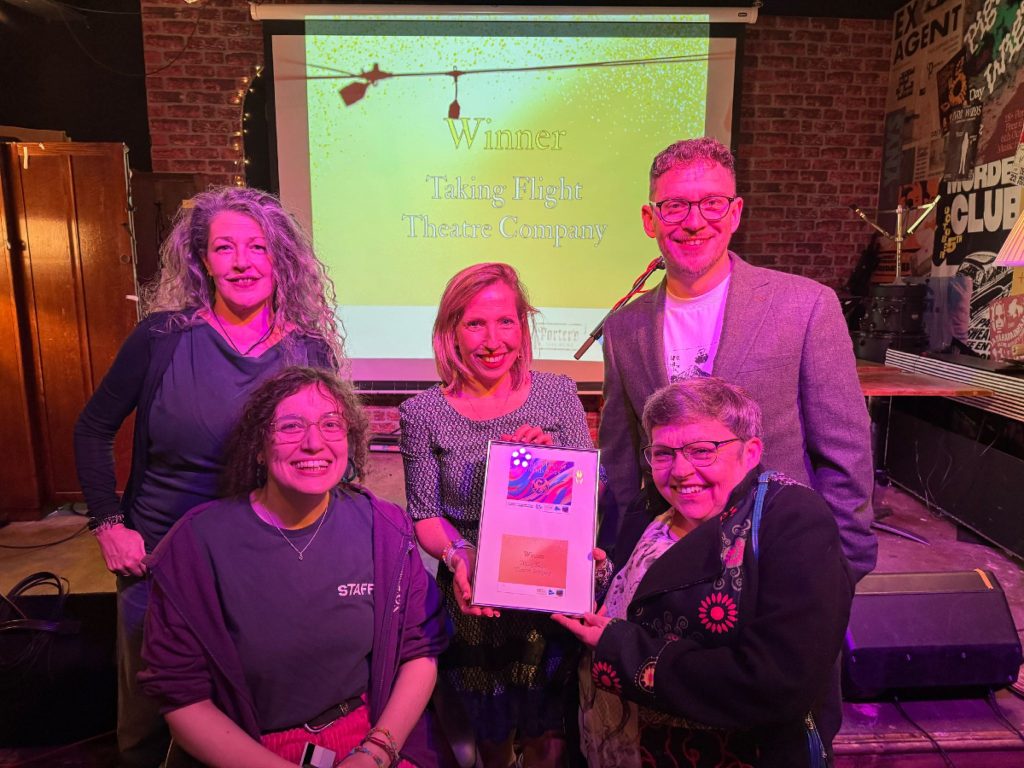
Taking Flight Theatre
“We are absolutely thrilled to have been awarded a Lifetime Achievement Award at last night’s Cultural Impact Awards at Porter’s Cardiff , organised by Get the Chance , supported by Tempo Time Credits Cymru . The award was presented to us by trustee Sara Beer, who had kept it a complete secret. We were rather overwhelmed. Thank you to everyone who has made this journey possible. Let’s keep shouting about access, eh? It really does make the work better for everyone.”

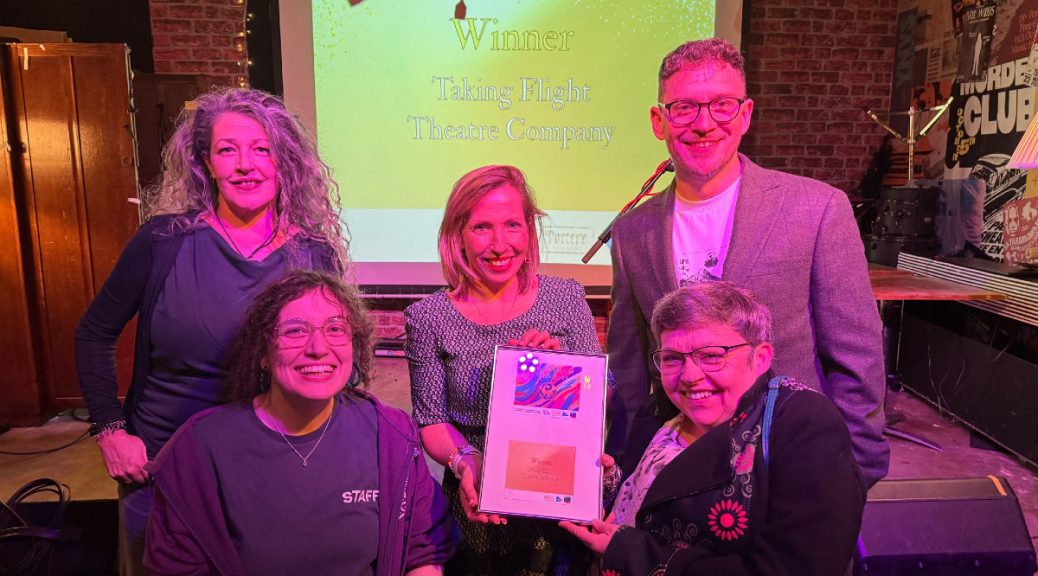
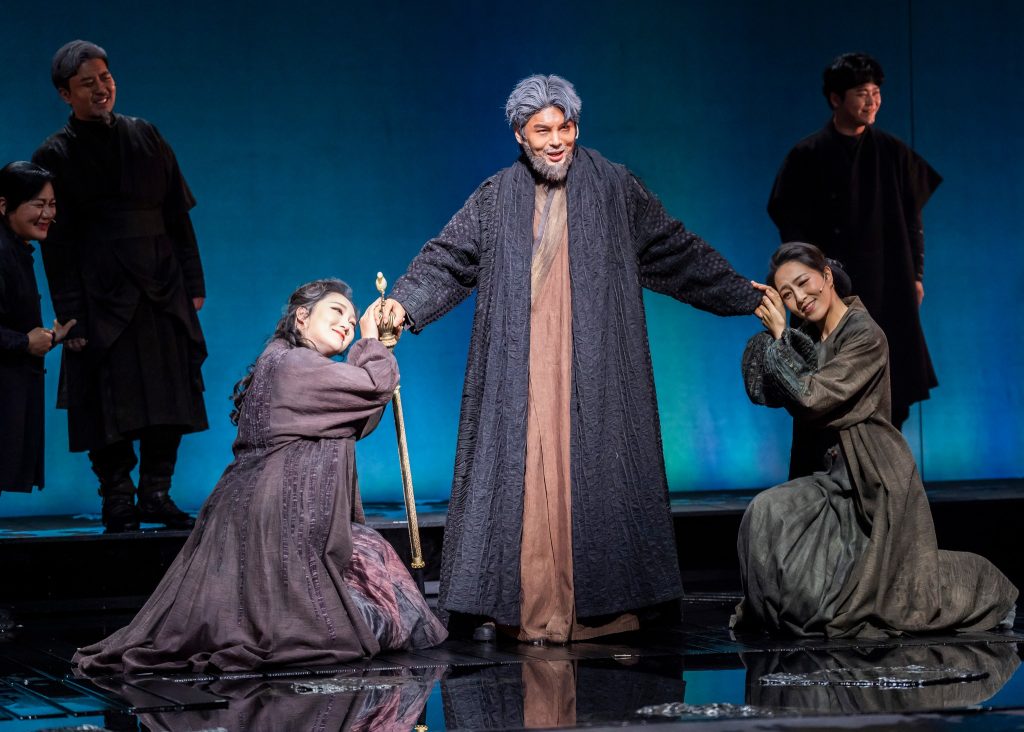
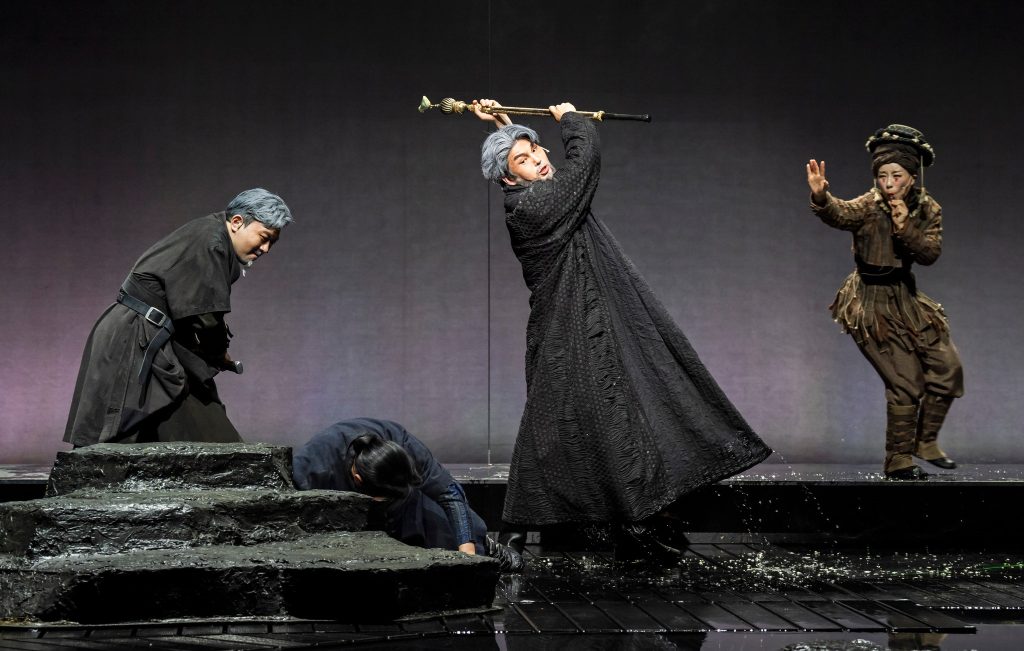
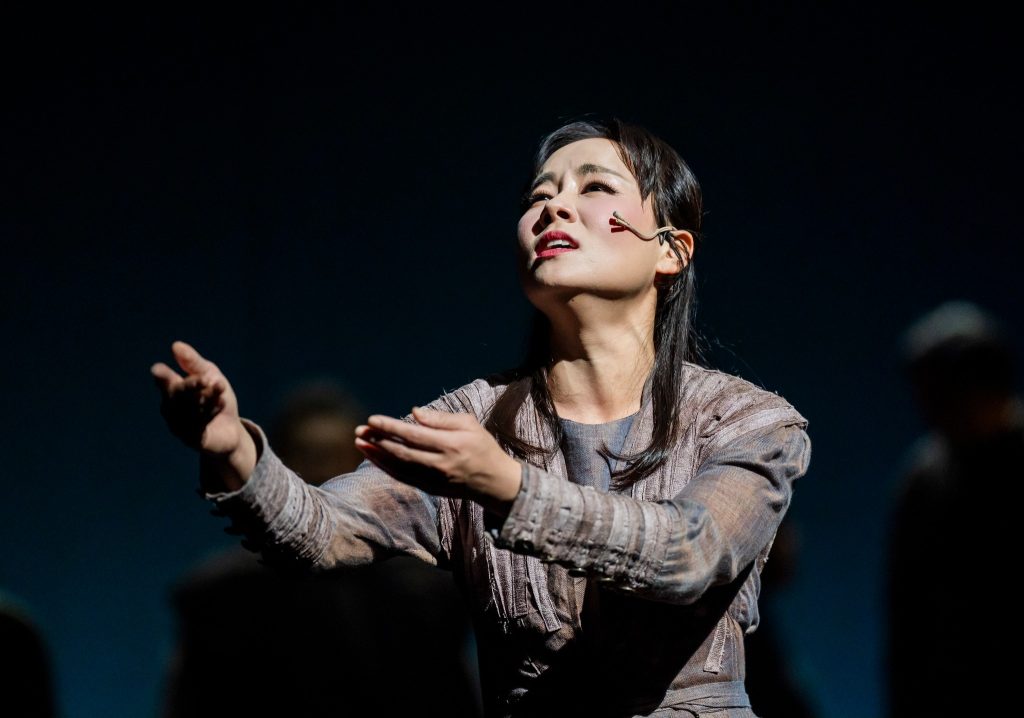
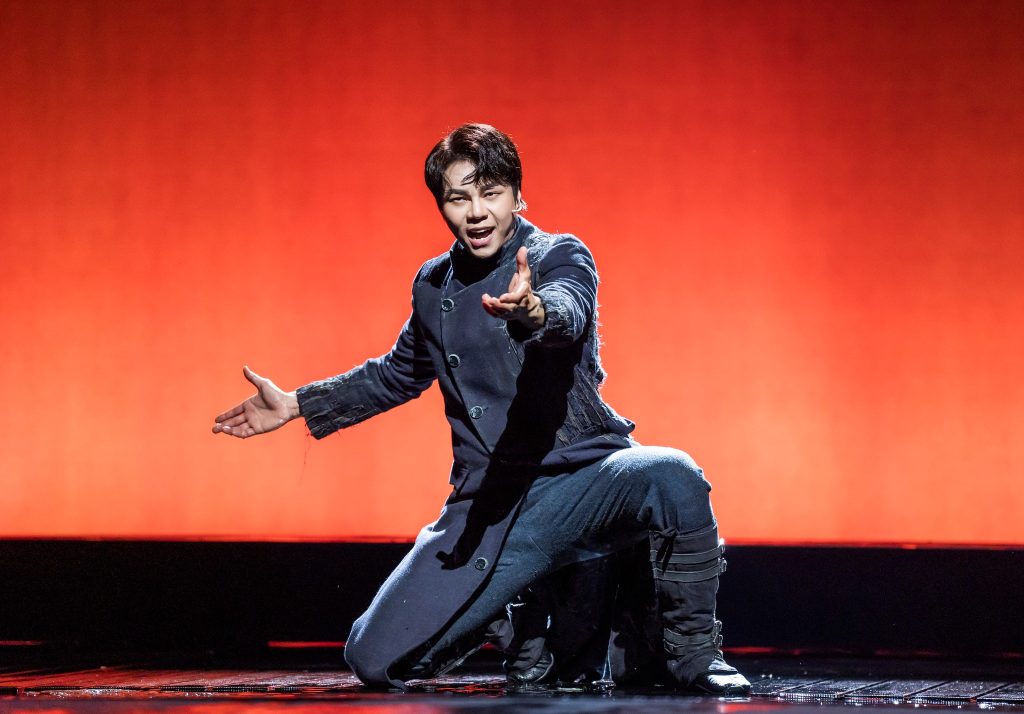
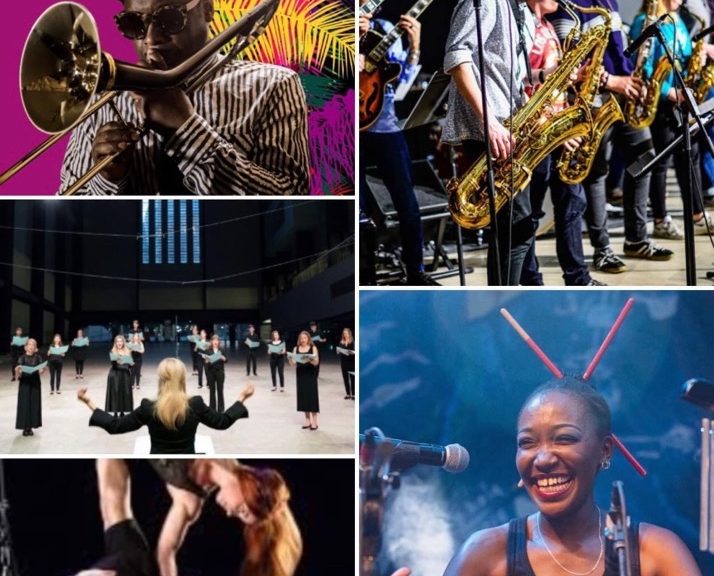

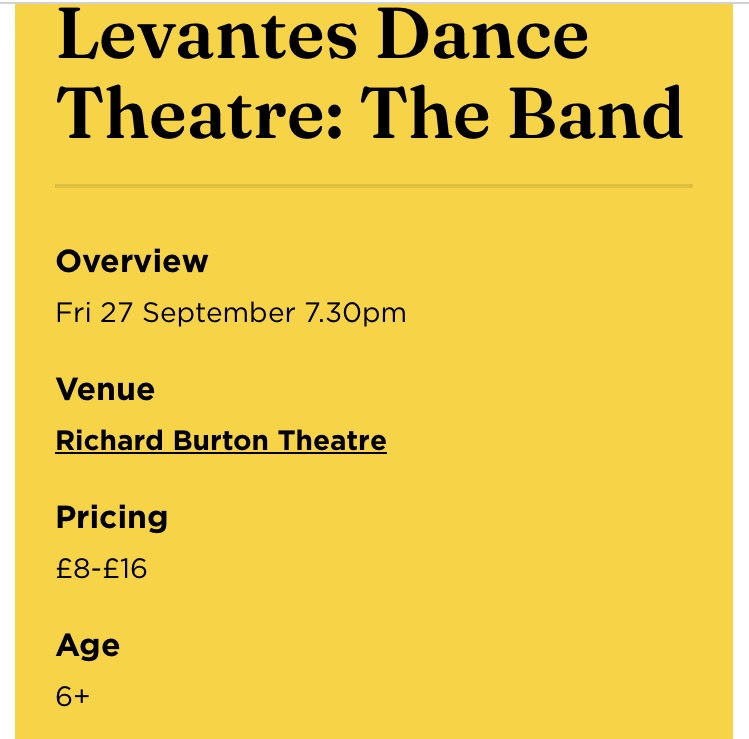
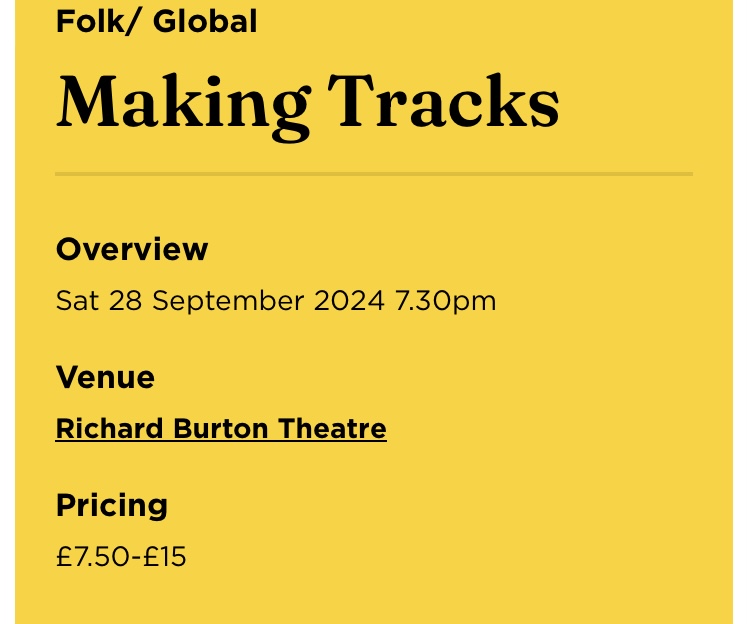
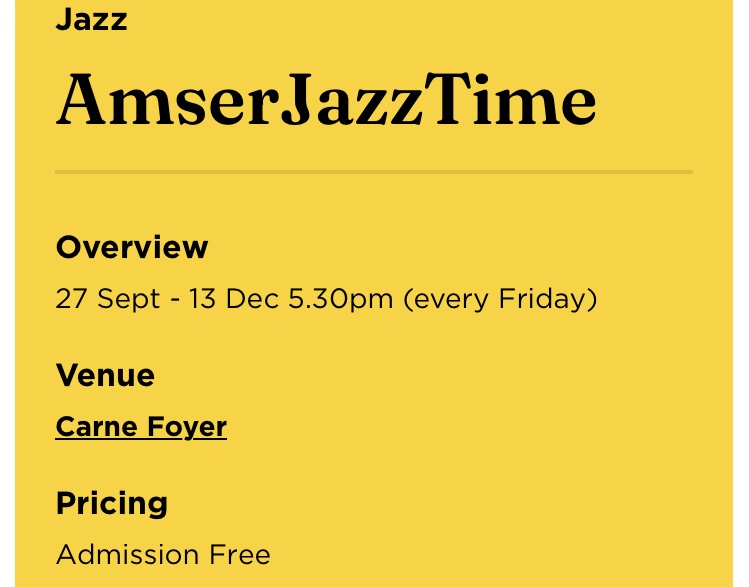

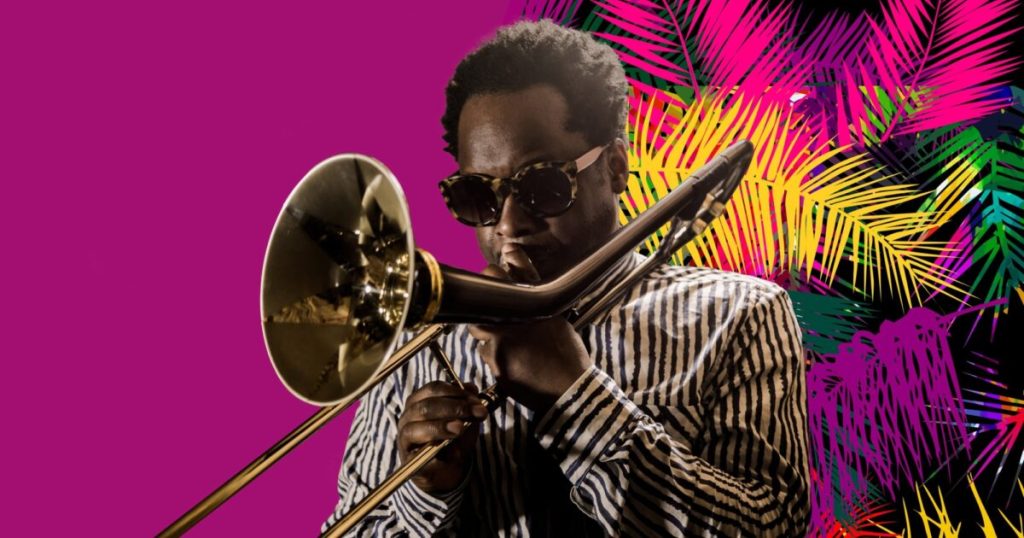
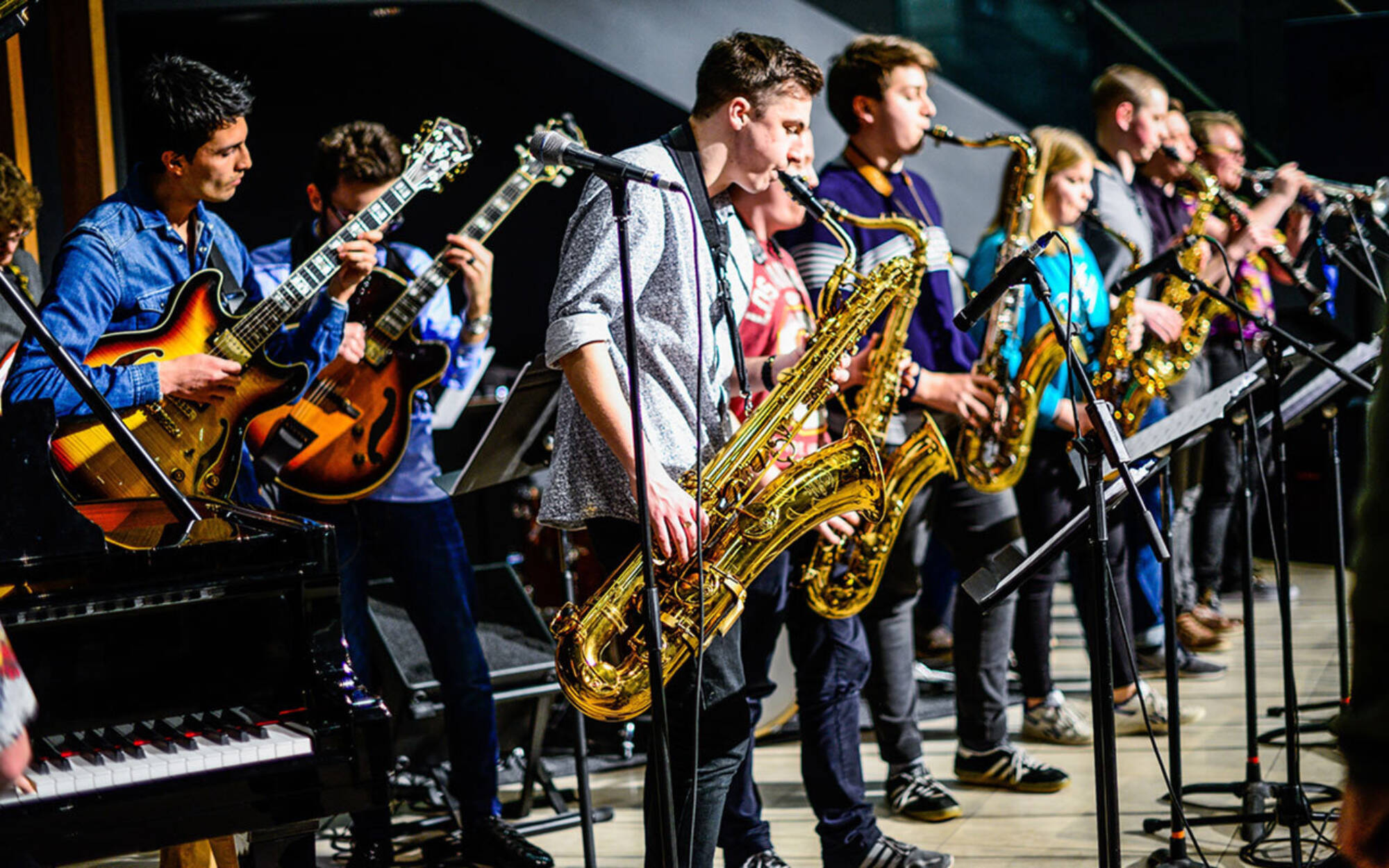
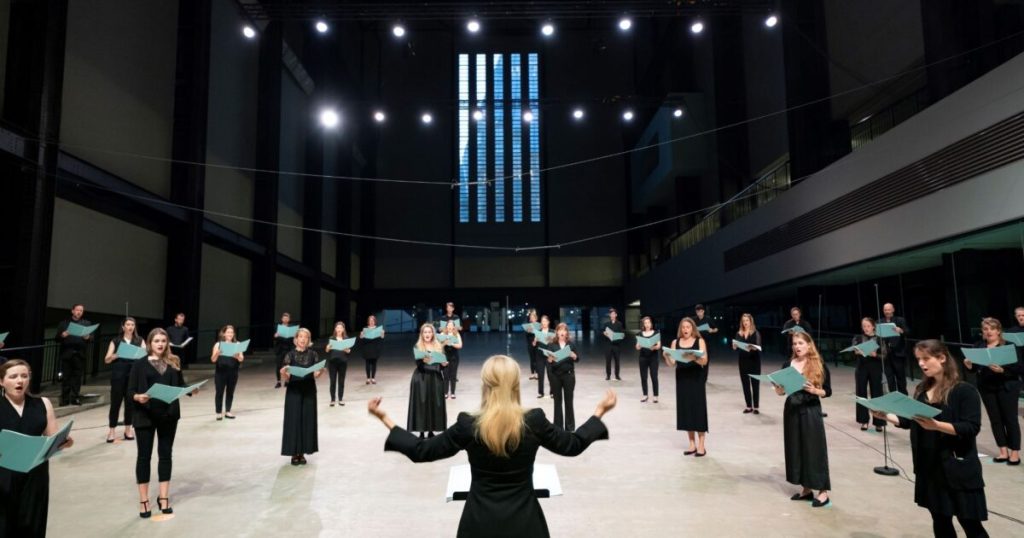
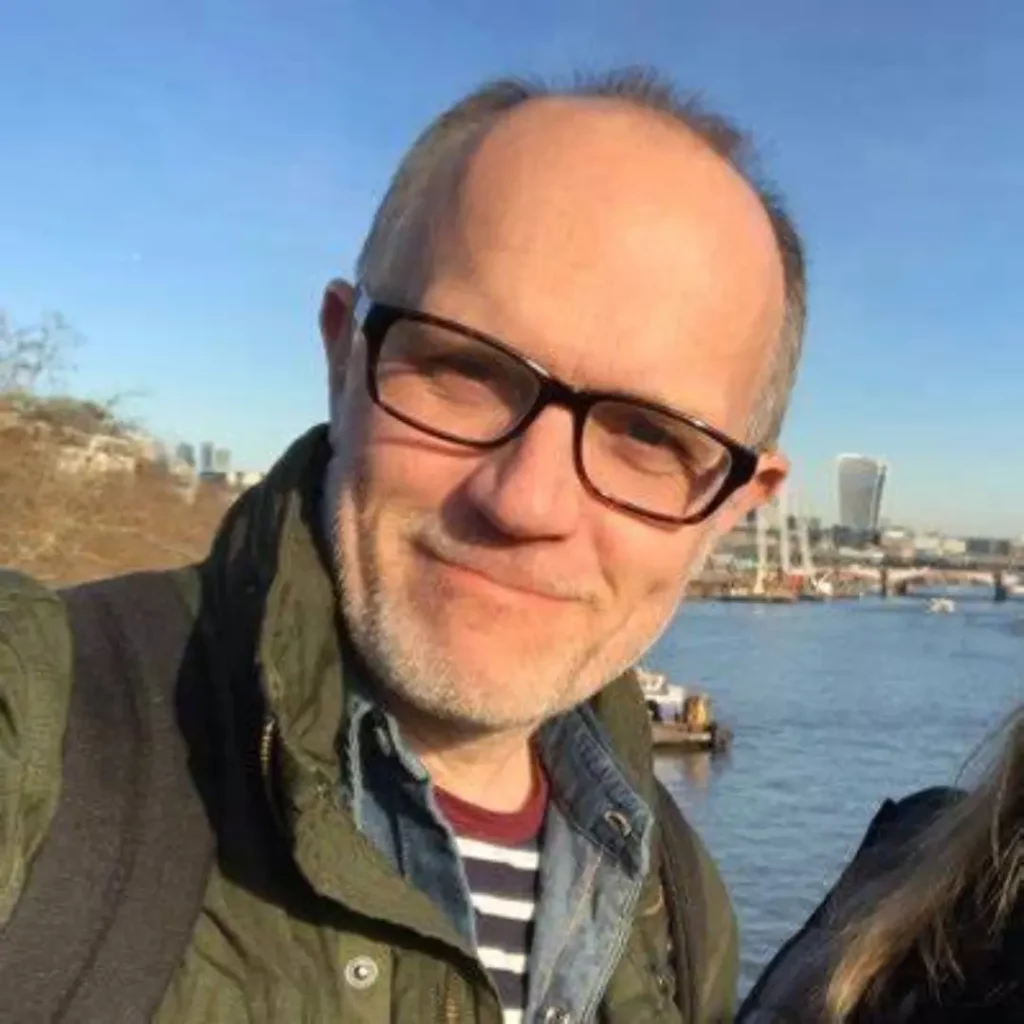
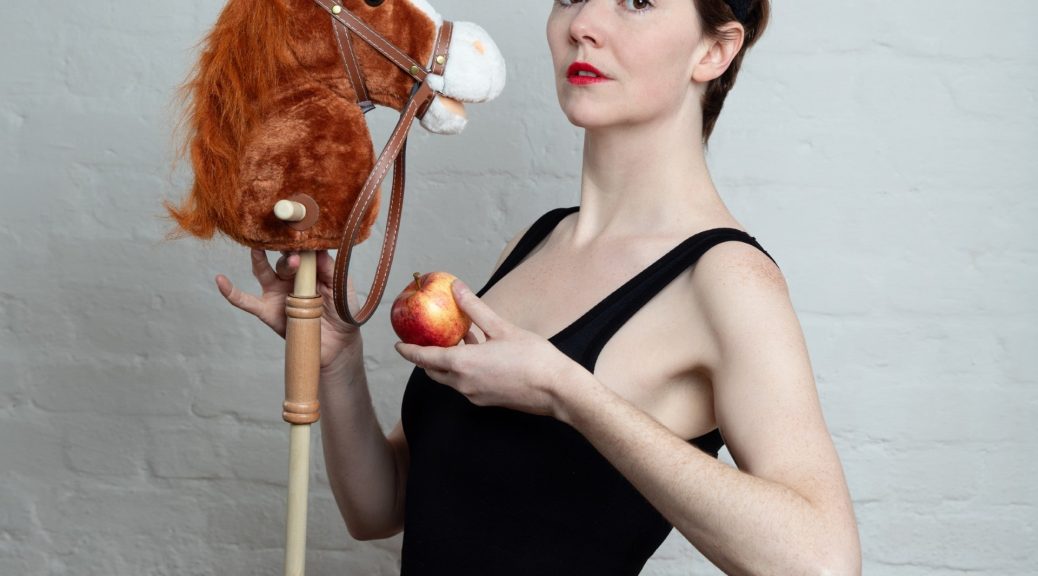
 (5 / 5)
(5 / 5)
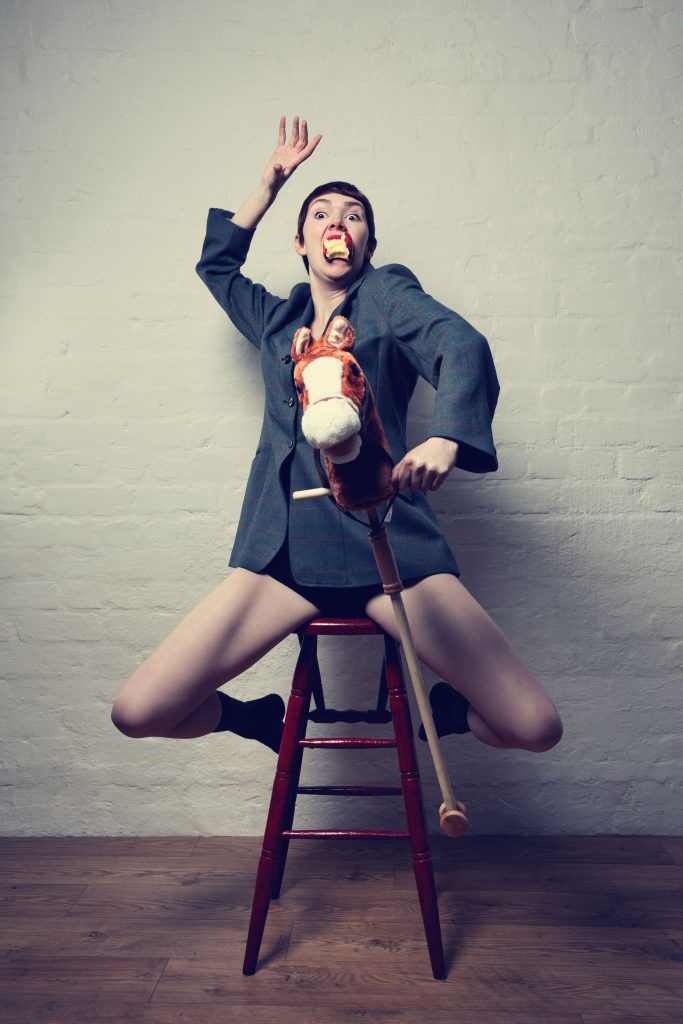
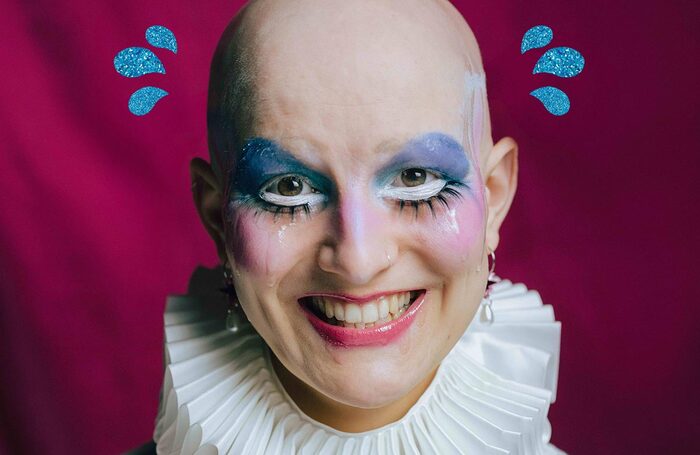
 (4 / 5)
(4 / 5)

